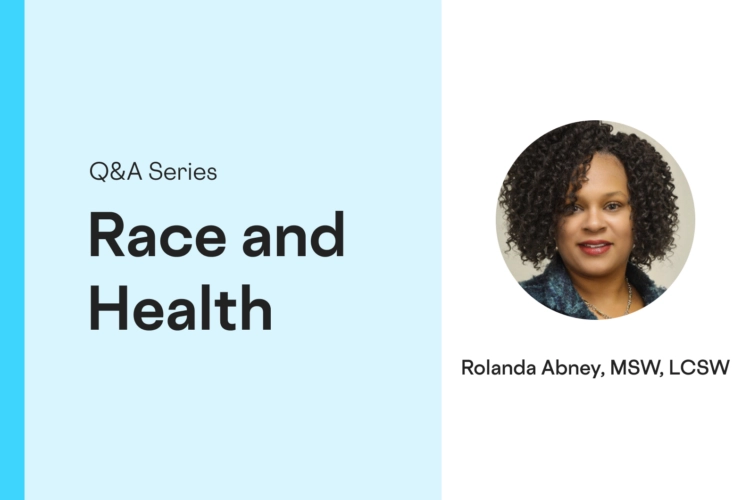When it comes to the healthcare system, employers are finding themselves up against a daunting set of challenges, specifically tied to rising costs and diminishing health outcomes for their employees. Approximately 80% of Americans cite healthcare as their #1 concern, and yet it’s likely that a good majority have had a negative experience, one that’s adversely affecting their health and well-being.
Employees Aren’t Getting to the Right Healthcare
This is because our healthcare system is rife with problems, not least of which is the fact that more than half of medical treatments lack any clear evidence of their effectiveness. What this brings up are questions around whether employees—and their families—are:
- seeing the most-qualified doctors
- getting the most appropriate treatments
- visiting the best facilities for their needs
Making critical healthcare decisions without the medical training, data, knowledge or tools necessary to do so leaves employees confused and vulnerable. These employees struggle to find their way through the healthcare system, sometimes getting the wrong care or putting off treatment until it’s too late. Others may opt out completely due to barriers around receiving medical care as well as the costs associated with that care. As a result, employees experience poor or worsening health, which then translates into a drop in workplace satisfaction and productivity.
Where Does That Leave You, the HR Professional?
Between a rock and a hard place. Not only do you have thousands of employees relying on you to guide them through their healthcare journey, but you’ve also got your C-suite pushing you to address and mitigate healthcare costs, which are currently rising twice as fast as both inflation and workers’ wages are. In comparison to other developed nations, the U.S. spends nearly twice as much on healthcare, and yet 25% of every healthcare dollar spent is wasted. As Warren Buffett puts it, U.S. healthcare is the “tapeworm on our economy,” putting our businesses at a competitive disadvantage compared to the rest of the world.
As an HR professional, you know that people are your most valuable resource. And when they’re happy and healthy, they’re at their most productive. This is why employers are doubling down on investing in this resource. According to our survey of over 300 benefits decision makers at large employers, across all industries and geographies:
- Employers’ #1 big-picture objective for this year is to increase employee satisfaction with their health benefits package.
- Over 60% of employers have made it a major tactic to “make it easier for members to find the right health benefits.”
Turning Risk into Opportunity by Helping Employees Navigate Their Healthcare Journey
If these resonate with you, then you know that finding a solution to help your employees effectively navigate their healthcare journey is paramount to the success of your company. It’s the best way to reduce the complexity and waste taking place in the healthcare system.
Stay tuned for the next installment of this blog series on navigating healthcare. In Part 2, we’ll go over the top concerns employers have when it comes to guiding their employees efficiently and effectively to the best care possible.
About the author
Editorial Team
Our Editorial Team is composed of our leaders, clinicians, and care coordinators, as well as other Included Health employees, all who are working to raise the standard of healthcare for everyone. Together, they combine decades of subject matter experience across all fields of healthcare.



